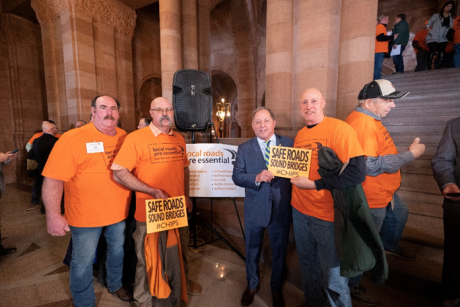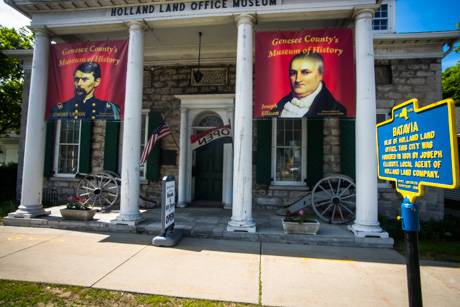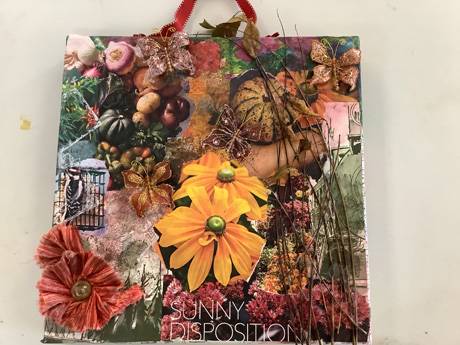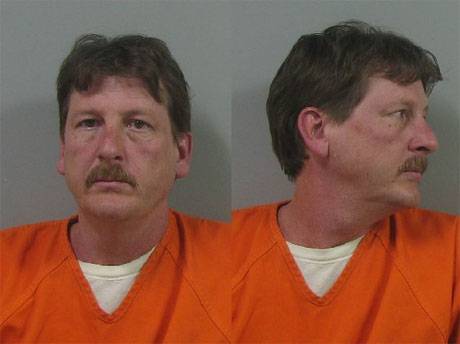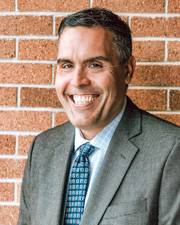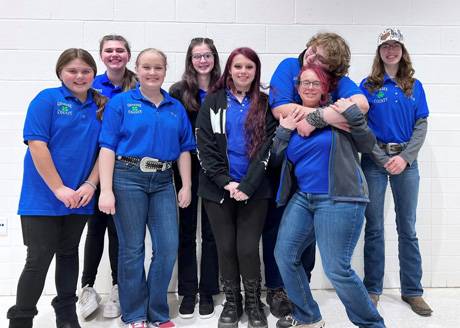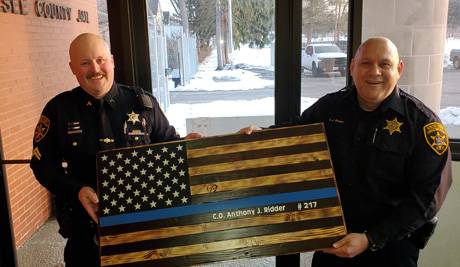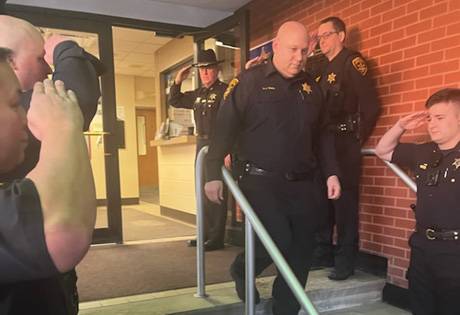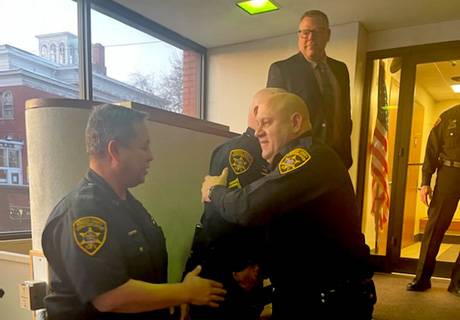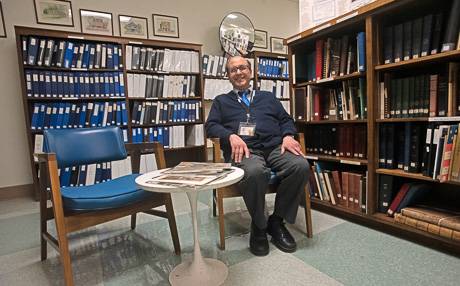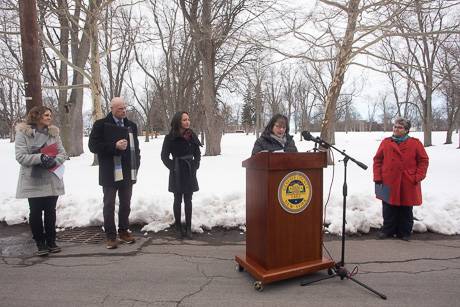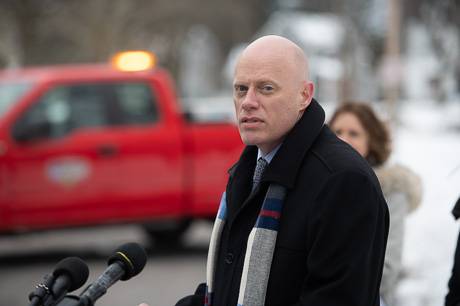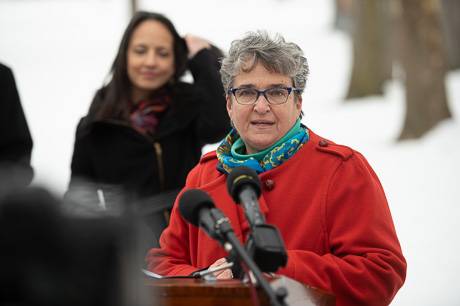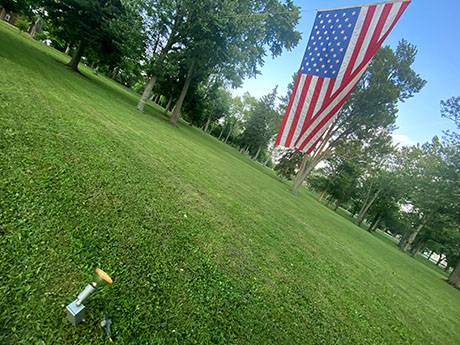So you want to be a school board member? Learn what that really means March 16
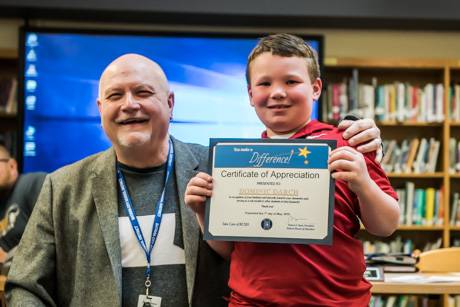
So you want to be a school board member and get a particular teacher fired. Or lower the tax rate. Or perhaps eliminate some boys sports.
You may want to attend a training to learn what being a school board member is all about and to know what you can actually do and not do while sitting through those board meetings, Patrick Burk says.
“Genesee Valley School Boards Association offers training so that people can understand what to expect,” Burk said Wednesday to The Batavian. “Last year we had six come to training. Only four ran. Some people thought being a board member meant handing out certificates to their kids. Some people have no interest in the negotiation side, other people come in with a single agenda. It’s their prerogative on where their interests are … your duties don’t stop with your interests.”
The next training session is at 7 p.m. on March 16 at Genesee Valley BOCES Service Center, 80 Munson St., Le Roy. There’s no charge, but registration is required.
As a former school board president and now executive director of the GV School Boards Association, which represents 22 school boards in Western New York, Burk has come to fully appreciate the role of a board member. His specific interests zeroed in on personnel, special education, inclusion and busing. But his service certainly didn’t stop there, he said.
There are state mandates, rules and regulations — Title IX being a big one involving equality in boys and girls sports — union contracts, and 12 hours of mandatory training, six hours each in June and July. Batavia City Schools recently encountered a potential Title IX issue when Girls Flag Football was proposed. The board approved it, making the number of sports for girls equal to boys.
“You have to deal with what the law states,” Burk said. “It’s not always comfortable.”
The training flyer states that: this program has been designed to answer all the questions that parents and residents may have about becoming a school board member. We will go through the process of the election and discuss expectations and outcomes once you are elected. If you have a basic interest, this is step one to learning what your commitment would be as well as what to expect from this much-needed community service position. Join us for an informal discussion and presentation that will enlighten you on what to expect and the important duty of serving our public educational system.
One training drew an interested mom who had attended three school board meetings and noted that certificates were handed out to students. That prompted her interest since she thought it would be nice with her own children, Burk said. However, that was such a minor aspect of serving on the board, and the training dispelled the notion, he said. She didn’t run for a seat.
“A lot of the things that board members have to know are required,” he said. “And in some areas, you have to pay for training.”
Fortunately, the GV School Boards Association does not charge for training, while elsewhere, it is mandatory, and board members must pay the fee. There is also training led by labor attorneys about how to react to employees during negotiations and how to respond to parents during a particular school issue.
“I found it very difficult; some board members wanted to call their own press conference when they did not get their own way,” Burk said. “You have to support the board’s decision.”
That’s not to say that board members can’t have and express their own opinions prior to a vote, he said, but after a vote, the members are to then support that vote. Training also covers that protocol as well.
For this upcoming session, Burk and other presenters will talk about the expectations of a board member, including how to run for election — the need to collect signatures, for example — and a question-and-answer session.
“It is awe-inspiring for some,” he said. “It may be terrifying for others.”
For more information or to register, email pburk@gvboces.org.
File Photo of Patrick Burk when on the Batavia City Schools Board of Education, shown with student Dominic Darch, by Howard Owens.

